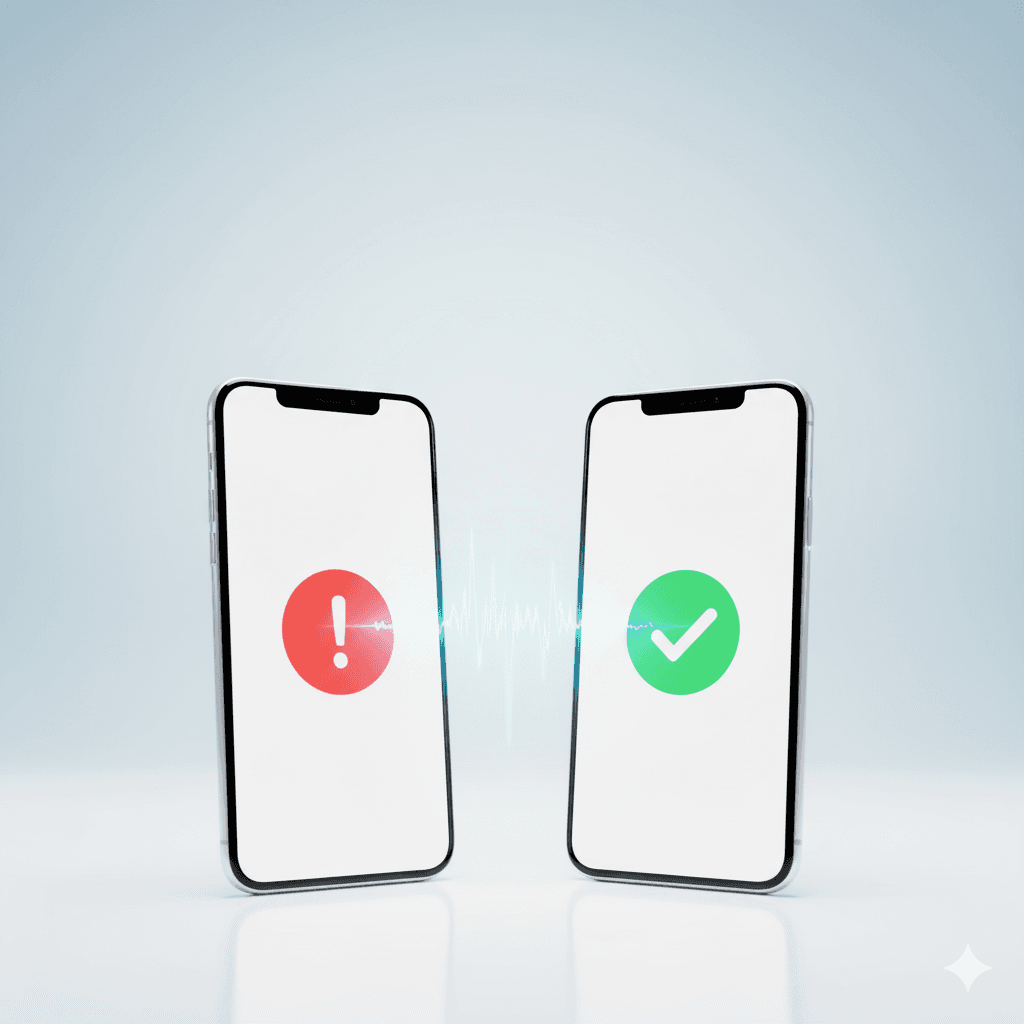You call a lead at 10am. Perfect timing according to every sales manual. The phone rings four times, then silence. Twenty seconds later, your phone buzzes with a text: "Can't talk now. What's this about?"
Now what? Your CRM logged the call attempt. Your dialer is queued for the next number. But this lead just opened a conversation on an entirely different channel, and your carefully orchestrated sales process just hit a wall.
This scenario plays out millions of times daily, creating a coordination nightmare that's destroying sales productivity. 89% of consumers now prefer texting with businesses over phone calls , yet most sales teams are still built around voice-first communication. When leads inevitably switch channels mid-conversation, the resulting chaos costs deals, time, and sanity.
The $90 million channel-switching crisis
Research from McKinsey shows customers engage with 3-5 different channels to resolve a single request . They don't see channels—they see a conversation with your company. But your systems see five separate interactions with no shared context.
The financial impact is staggering. 60% of calls to small and medium businesses go unanswered , and when those callers text instead, most businesses can't connect the dots. UK SMEs alone lose £90 million annually from missed calls , but that's just the tip of the iceberg. The real loss happens when you can't maintain conversation context across channels.
Consider what happens when a lead switches from voice to text. Your sales rep called about a specific product demo. The lead texts back hours later asking for "more info." Which info? About what product? The rep who made the call is now in meetings. Another rep picks up the text thread with zero context. They send generic information. The lead, frustrated by the irrelevant response, ghosts.
77% of customers say having to repeat themselves when dealing with multiple touchpoints is their biggest frustration . Yet that's exactly what happens when your lead's text response lands in a different system than your original call.
Why your tech stack makes it worse
Modern sales teams juggle an average of 10 different tools, but these tools operate in silos. Your dialer tracks call attempts. Your SMS platform handles texts. Your email system manages written follow-ups. Your CRM theoretically connects everything, but in practice, it's usually a graveyard of incomplete data.
When a lead texts back to your call, several failures cascade simultaneously. The text goes to a different team member who didn't make the original call. The context from the voicemail you left doesn't carry over. The specific reason for your outreach—that pricing question they submitted on your website—is buried in another system entirely.
SMS has a 98% open rate compared to email's 20% , and response times average 90 seconds for texts versus 90 minutes for email . Leads are literally telling you their preferred channel, responding instantly, ready to engage. But without unified context, these golden moments turn into confused exchanges that kill momentum.
The human cost of channel chaos
Beyond the technology failures lies a human problem. Your sales rep who expertly handles phone conversations might struggle with written communication. The SDR who crafts perfect emails might freeze on voice calls. When leads switch channels, they're often switching to an entirely different person with different skills.
Training can't fix this when the core problem is systemic. 62% of customers want unified experiences across channels , but your team is organized by channel, not by customer. The "phone team" doesn't talk to the "email team." The social media manager has no idea what the sales team promised on calls.
This fragmentation shows. When your lead texts "What's the pricing we discussed?" after your call, and the responding rep has no idea what was discussed, trust erodes. The lead realizes they're not dealing with a coordinated company but with disconnected individuals who don't communicate.
The false promise of "omnichannel"
Every CRM vendor promises "omnichannel" capabilities, but most deliver what's actually multi-channel—multiple channels that don't truly integrate. Yes, you can see that a lead was called, emailed, and texted. But can you see the actual conversation flow? Can context seamlessly carry across channels? Can any team member pick up the conversation exactly where it left off, regardless of channel?
Businesses using true omnichannel strategies retain 89% of customers, compared to 33% for those with weak channel integration . But achieving this requires more than bolting together different communication tools. It requires treating the entire conversation as one continuous thread, regardless of channel switches.
Your leads are showing you the future
The solution isn't forcing leads back to your preferred channel. When someone texts in response to your call, they're voting with their behavior. 90% of customers prefer text messages over direct phone calls , and 75% of millennials consider phone calls "too time consuming" .
Smart callback automation that handles true multi-channel orchestration doesn't just respond on different channels—it maintains perfect context across all of them. When a lead texts back to a missed call, the system knows exactly which call, what was discussed, what stage they're in, and how to continue the conversation seamlessly.
The businesses winning in this new reality aren't those with the most channels. They're those who make channel switching invisible, maintaining context and momentum regardless of how leads choose to respond. Every channel switch should feel like a continuation, not a restart.
For sales teams ready to escape the multi-channel maze, Trillet AI provides true conversation orchestration across voice, SMS, and WhatsApp. Unlike traditional tools that treat each channel separately, Trillet maintains complete context as leads naturally switch between channels, ensuring every interaction builds on the last—regardless of how they choose to respond. End the chaos at trillet.ai.




